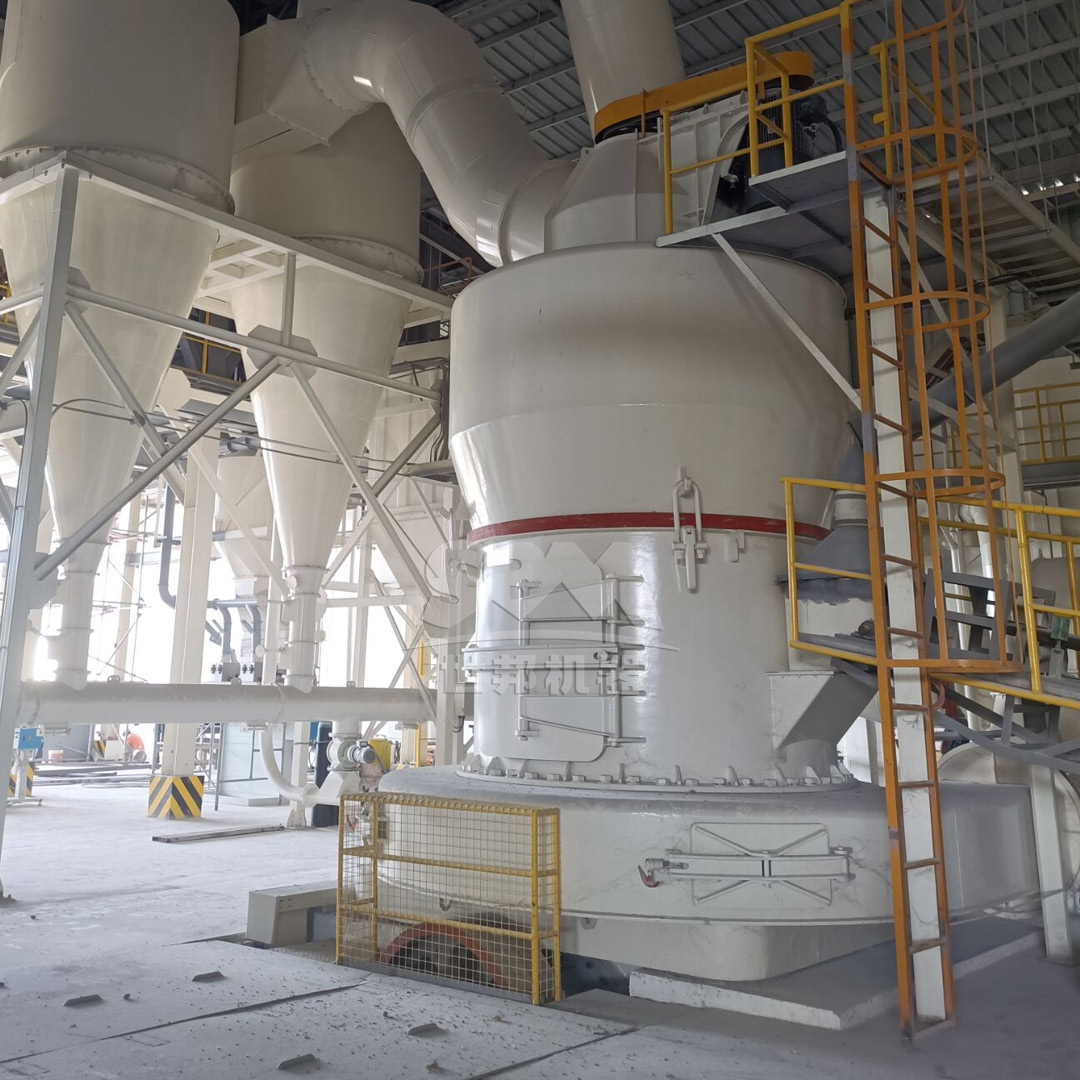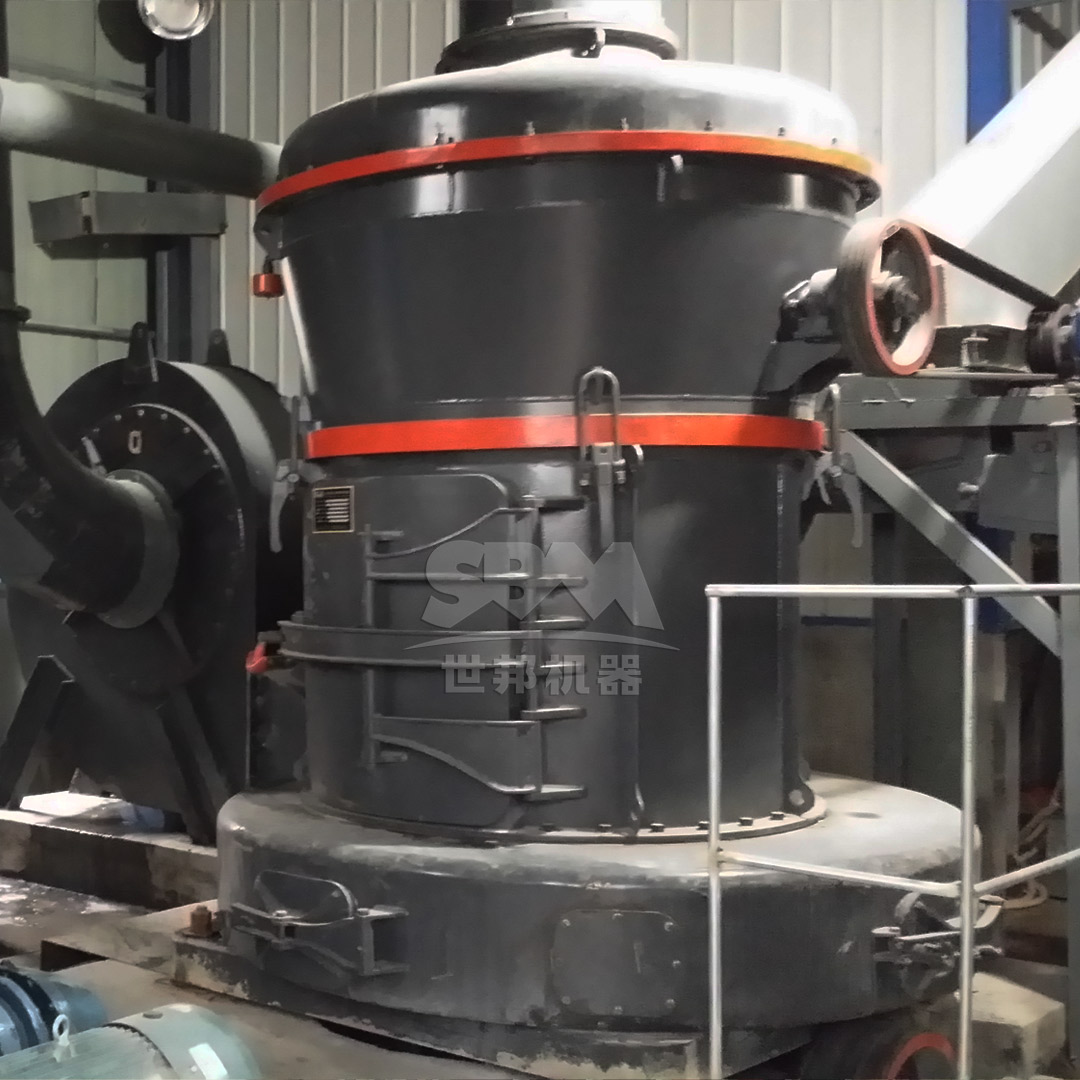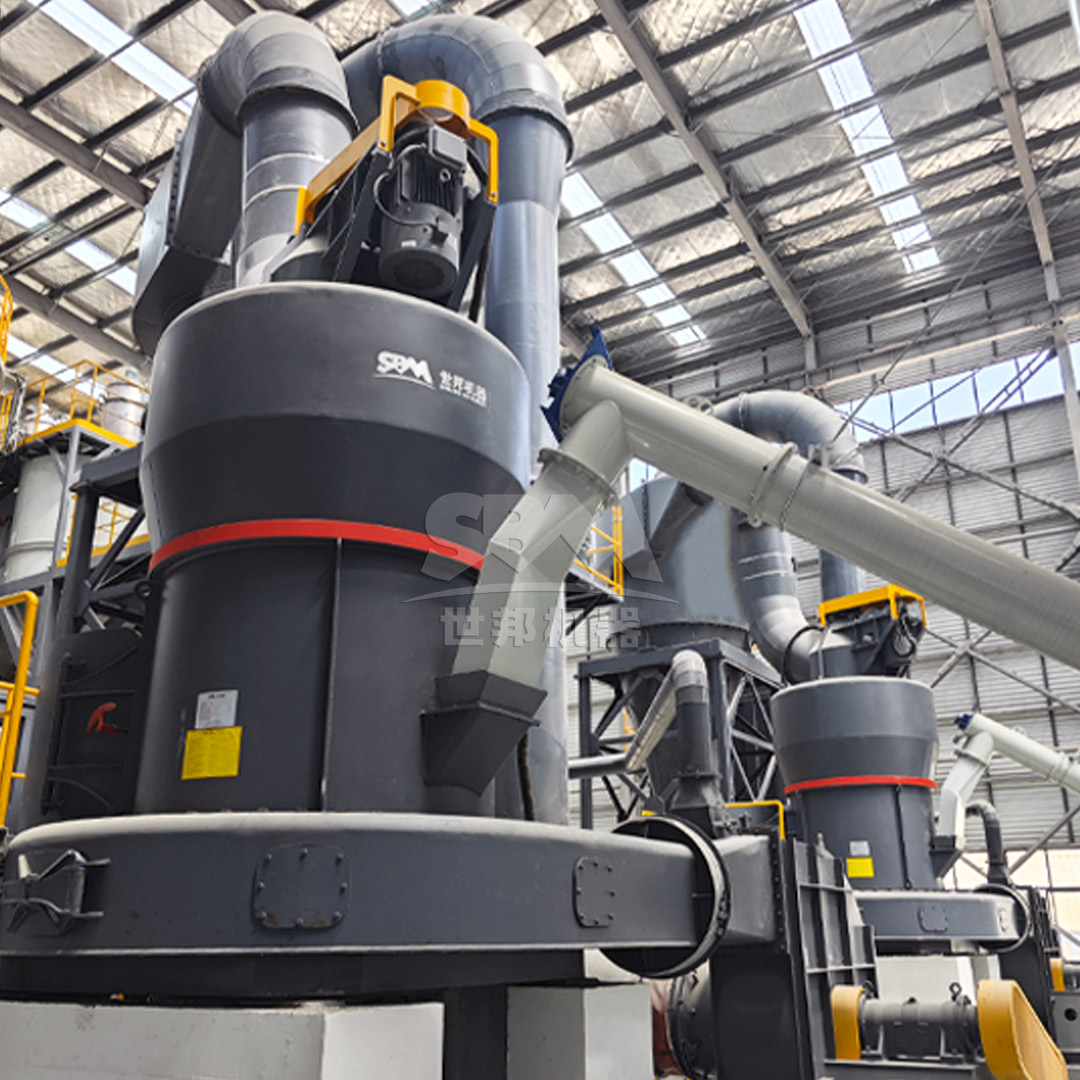The glass manufacturing industry relies heavily on precision grinding technology to produce the fine powders essential for creating high-quality glass products. Among various grinding solutions, vertical mills have emerged as the preferred choice for their efficiency, precision, and cost-effectiveness. This comprehensive analysis explores the production capabilities of vertical mills in glass manufacturing applications and provides insights into optimizing output while maintaining product quality.
Vertical mills represent a significant advancement in grinding technology, particularly suited for the demanding requirements of glass manufacturing. Unlike traditional ball mills or horizontal grinding systems, vertical mills utilize a vertical orientation that enables gravity-assisted grinding and more efficient material classification. This configuration allows for better control over particle size distribution, which is critical in glass production where consistent fineness directly impacts product quality and manufacturing efficiency.
The fundamental working principle involves material being fed into the center of a rotating grinding table, where centrifugal force distributes it outwardly under heavy grinding rollers. The ground material then moves to the periphery of the table, where it is swept up by an air stream and carried to a classifier. Coarse particles are rejected and returned to the grinding table, while fine product is collected in a baghouse or other collection system. This continuous process enables high throughput with precise control over final product specifications.
| Mill Type | Typical Output Range | Energy Consumption | Footprint Requirements | Maintenance Frequency |
|---|---|---|---|---|
| Traditional Ball Mill | 0.65-450 t/h | High | Large | Frequent |
| Vertical Roller Mill | 3-250 t/h | 30-40% Lower | 50% Smaller | Infrequent |
| Ultrafine Vertical Mill | 0.5-25 t/h | 30% Lower than Jet Mills | Compact | Minimal |
Several critical factors determine the actual production rates achievable with vertical mills in glass manufacturing applications. Understanding these variables is essential for optimizing performance and maximizing return on investment.
Raw Material Characteristics: The composition and physical properties of the raw materials significantly impact grinding efficiency. Glass batch materials typically include silica sand, soda ash, limestone, dolomite, and feldspar. Each material has distinct grinding characteristics, with silica sand being particularly abrasive and requiring specialized wear protection in the mill. Material moisture content, hardness, and feed size distribution all influence throughput rates and energy consumption.
Product Fineness Requirements: The relationship between production rate and product fineness follows an inverse correlation. As the required fineness increases (smaller particle size), production rates typically decrease due to the additional grinding energy and residence time required. For most glass manufacturing applications, the target fineness ranges from 45 microns (325 mesh) to as fine as 5 microns (2500 mesh) for specialty glass products. The ability to maintain high production rates while achieving ultra-fine specifications represents a key advantage of modern vertical mill technology.

Mill Configuration and Specifications: The specific design features and technical specifications of the vertical mill directly determine its production capabilities. Factors such as grinding table diameter, roller configuration, classifier design, and drive power all contribute to the overall capacity. Modern vertical mills incorporate advanced features like dynamic classifiers, hydraulic grinding pressure systems, and intelligent control systems that optimize performance across varying operating conditions.
For glass manufacturers seeking to optimize their grinding operations, the SCM Series Ultrafine Mill represents a cutting-edge solution specifically engineered for high-precision applications. This advanced mill system delivers exceptional performance in glass manufacturing with output fineness ranging from 325 to 2500 mesh (D97≤5μm) and processing capacities from 0.5 to 25 tons per hour depending on the specific model.
The SCM Ultrafine Mill incorporates several technological innovations that make it particularly suitable for glass production. Its vertical turbine classifier enables precise particle size control, ensuring consistent product quality critical for glass batch homogeneity. The mill’s efficient design provides twice the capacity of conventional jet mills while reducing energy consumption by 30%, significantly lowering operating costs. Special wear-resistant materials in the grinding components extend service life dramatically, reducing maintenance requirements and downtime.
| SCM Model | Processing Capacity (t/h) | Main Motor Power (kW) | Feed Size (mm) | Output Fineness (mesh) |
|---|---|---|---|---|
| SCM800 | 0.5-4.5 | 75 | 0-20 | 325-2500 |
| SCM900 | 0.8-6.5 | 90 | 0-20 | 325-2500 |
| SCM1000 | 1.0-8.5 | 132 | 0-20 | 325-2500 |
| SCM1250 | 2.5-14 | 185 | 0-20 | 325-2500 |
| SCM1680 | 5.0-25 | 315 | 0-20 | 325-2500 |
For larger-scale glass manufacturing operations requiring high volume processing, the LM Series Vertical Roller Mill offers an ideal solution with capacities ranging from 3 to 250 tons per hour. This robust mill system features an integrated design that combines crushing, grinding, and classification functions in a single compact unit, reducing footprint requirements by 50% compared to traditional grinding systems.
The LM Series incorporates intelligent control systems that automatically optimize operating parameters based on feed material characteristics and product specifications. Its innovative grinding technology reduces energy consumption by 30-40% compared to ball mill systems, while advanced wear protection extends component life up to three times longer than conventional designs. The mill’s environmental performance meets stringent standards with dust emissions below 20mg/m³ and operating noise under 80dB, ensuring compliance with industrial environmental regulations.

Maximizing the production rates of vertical mills in glass manufacturing requires a systematic approach to operational optimization. Several proven strategies can significantly enhance throughput while maintaining product quality.
Feed Material Preparation: Proper preparation of feed materials represents one of the most effective methods for optimizing mill performance. Ensuring consistent feed size distribution through appropriate pre-crushing, maintaining optimal moisture content through drying when necessary, and implementing accurate feeding systems all contribute to stable mill operation and maximum throughput. For glass batch applications, particular attention should be paid to the proportioning of different raw materials to achieve a homogeneous mixture that grinds efficiently.
Process Parameter Optimization: Fine-tuning key operating parameters enables manufacturers to balance production rate against product quality and energy consumption. Critical parameters include grinding pressure, classifier speed, gas flow rate, and feed rate. Modern vertical mills equipped with advanced control systems can automatically adjust these parameters based on real-time process conditions, maintaining optimal performance even with variations in feed material characteristics.
Preventive Maintenance Planning: Implementing a comprehensive preventive maintenance program minimizes unplanned downtime and ensures consistent production rates. Key maintenance activities include regular inspection and replacement of wear parts, lubrication system maintenance, classifier maintenance, and control system calibration. The modular design of advanced vertical mills like the SCM and LM series facilitates quick replacement of wear components, further reducing maintenance time and impact on production.
A major glass container manufacturer recently upgraded their grinding circuit from traditional ball mills to a modern vertical mill system. The transition resulted in remarkable improvements in production efficiency and product quality. The installation of an SCM1250 Ultrafine Mill enabled the company to increase their grinding capacity by 45% while reducing specific energy consumption by 35%. The consistent product fineness achieved with the vertical mill’s precision classification system improved glass quality and reduced defects in the final products.
The implementation included integration with existing material handling systems and the installation of advanced process control automation. The mill’s compact footprint allowed installation in the existing building without requiring structural modifications, significantly reducing capital investment compared to alternative solutions. The environmental benefits included reduced dust emissions and lower noise levels, improving working conditions and ensuring regulatory compliance.

The evolution of vertical mill technology continues to address the changing needs of the glass manufacturing industry. Several emerging trends are shaping the development of next-generation grinding systems.
Digitalization and Industry 4.0 Integration: Modern vertical mills increasingly incorporate digital technologies that enable predictive maintenance, remote monitoring, and advanced process optimization. Integration with plant-wide control systems allows for real-time adjustment of operating parameters based on downstream process requirements, creating a fully optimized production chain from raw material preparation to final glass forming.
Enhanced Energy Efficiency: Continuing development focuses on further reducing the energy consumption of grinding operations through improved mechanical designs, advanced classification systems, and waste heat recovery. The latest vertical mill designs achieve specific energy consumption levels previously considered unattainable, contributing to the glass industry’s sustainability goals.
Flexibility and Multi-Purpose Applications: The ability to efficiently process different raw material combinations and quickly switch between product specifications is becoming increasingly important. Advanced vertical mills offer enhanced flexibility through quick-adjustment systems and sophisticated control algorithms that maintain optimal performance across varying operating conditions.
Vertical mill technology has revolutionized grinding operations in the glass manufacturing industry, offering significant advantages in production rates, energy efficiency, and product quality. The SCM Series Ultrafine Mill and LM Series Vertical Roller Mill represent state-of-the-art solutions that address the specific requirements of glass batch preparation, from specialty applications requiring ultra-fine powders to high-volume production of standard glass compositions.
By understanding the factors that influence production rates and implementing appropriate optimization strategies, glass manufacturers can maximize the return on their grinding equipment investments. The continuing evolution of vertical mill technology promises even greater efficiencies and capabilities, supporting the glass industry’s ongoing pursuit of manufacturing excellence and sustainable operations.
As vertical mill technology continues to advance, glass manufacturers can expect further improvements in production rates, energy efficiency, and operational flexibility. The integration of digital technologies and advanced control systems will enable even more precise optimization of grinding operations, ensuring that vertical mills remain the preferred solution for glass batch preparation in the years to come.